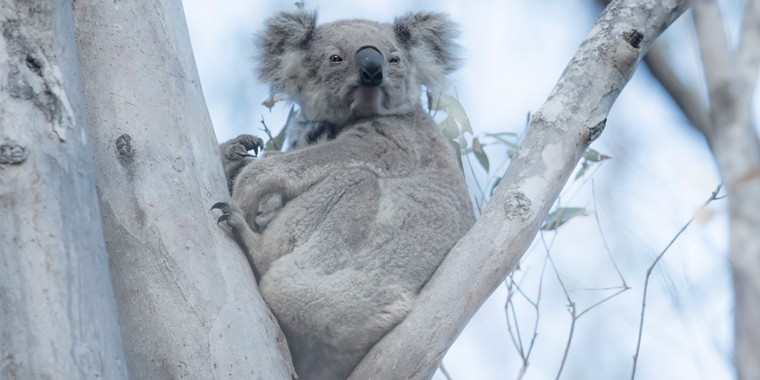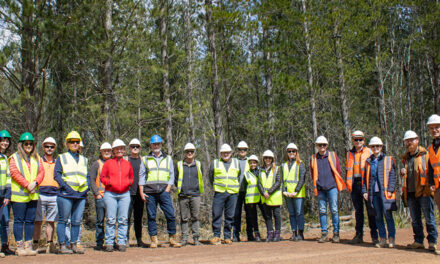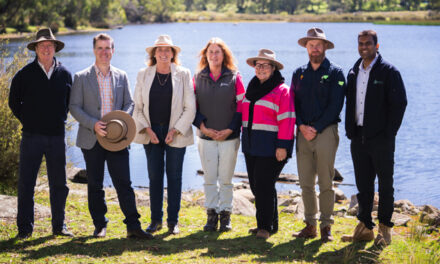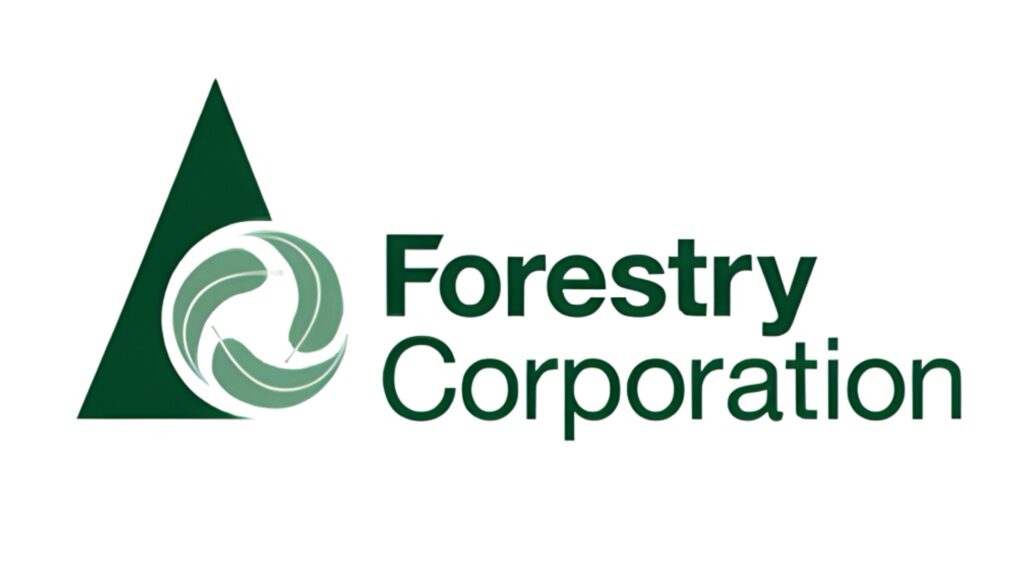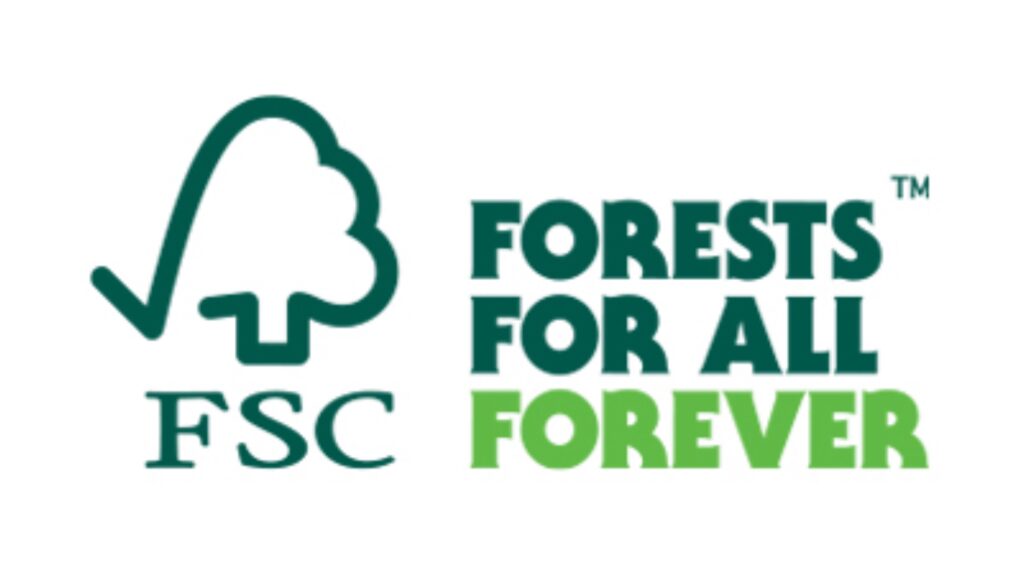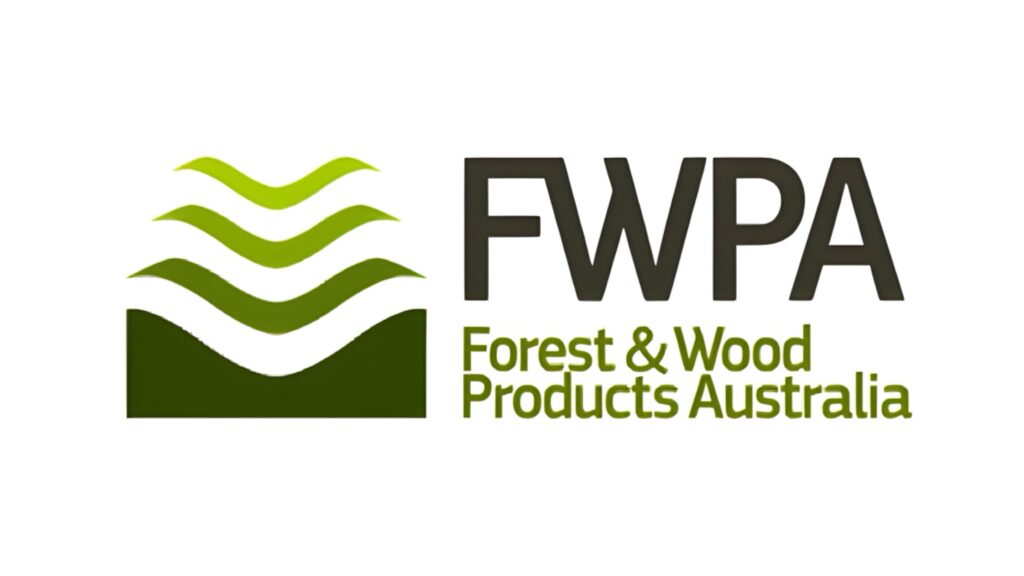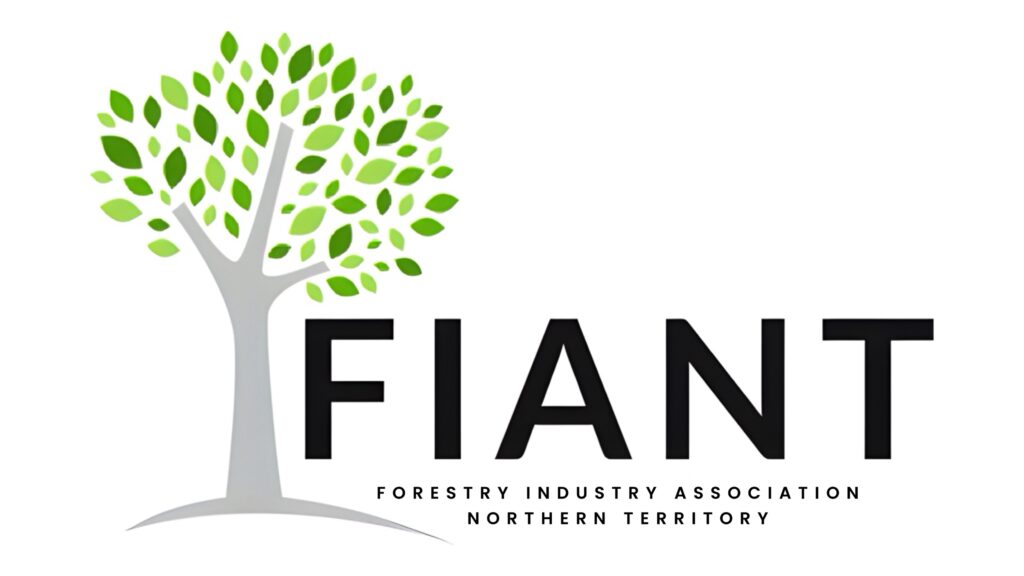ECOLOGISTS RECORD THE WILDLIFE FOOTPRINT OF THE FORESTS
Forestry Corporation ecologists have commenced the second year of a broad biodiversity monitoring program across the state forests of eastern New South Wales.
This program is complimented by a range of species-specific programs that have been underway for many years. The species these programs are for include the Southern brown bandicoot, Smoky mouse, Giant burrowing frog, Hastings River mouse, large forest owls and several plant species.
These monitoring programs, along with a range of species research questions are currently being undertaken in collaboration with and under the guidance of the Natural Resources Commission to evaluate the effectiveness of the Coastal Integrated Forestry Operations Approval (CIFOA) in protecting wildlife in state forests.
Fauna occupancy monitoring is recording sightings and interactions with wildlife across the forest estate.
This crucial study will enable researchers to estimate occupancy trends in focal species such as koalas, possums, gliders, hollow-dependant bats, cockatoos, forest owls and ground dwelling mammals including bandicoots, echidnas, and quolls.
Forestry Corporation Senior Ecologist Chris Slade said the monitoring program of biodiversity will see 600 study sites established in East Coast state forests, which will provide a comprehensive body of data on which to monitor trends over time and answer specific questions.
“The monitoring program has seen the deployment of remote cameras at bait lure stations, sound recorders that record species with identifiable calls as well as sound recorders that pick up ultrasonic calls of echo-locating bat species,” Mr Slade said.
“This equipment is deployed for 14-nights at each site, which is generating a vast amount of data that is currently being processed in collaboration with the Forest Science Team of the NSW Department of Primary Industries,” he said.
As part of this work, fauna call recognisers have been developed by the NSW DPI team for koalas, owls, gliders, Grey-headed flying foxes, and some diurnal bird species including the Glossy black-cockatoo with more in development.
These will be used to analyse the extensive call datasets being collected for the monitoring program and can also be used for previously collected recordings.
“The devices will enable us to look at understanding the changes in occupancy over time for a range of species such as large forest owls, ground dwelling mammals and Glossy-black cockatoos. Additional species will be assessed as soon as more recognisers become available along with the image tagging of all the photos that are being generated by the programs,” Mr Slade said.
Sites are surveyed in both spring and autumn to factor in seasonal differences between species.
For example, powerful owls are more vocal in autumn and koalas are more vocal in spring.
Forestry Corporation ecologists carried out the first season surveys in spring last year and autumn this year with spring surveys again being finalised.
Species are currently being identified and already data has been scanned and validated for koalas, powerful owl, sooty owl, masked owl and sugar gliders for the south coast region.
So far, we are seeing some fantastic images of a range of species including bandicoot mothers with babies in tow, quite a few spotted-tail quoll photos and a range of species popping up on the call recognisers including glossy black cockatoos,” Mr Slade said.
“We are establishing an on-track and off-track sampling points to ensure the different habitat components are sampled to pick up the different species that use the range of habitats in the forest,” he said.
The monitoring program has been developed in consultation with experts from universities, other agencies, the Steering Committee chaired by the Natural Resources Commission and following a pilot study in 2021, which assessed the feasibility of remote sampling techniques.
This has led to current design and sampling methodology, now employed across the Coastal IFOA (Integrated Forestry Operations Approval) estate, to provide data and statistical power to estimate occupancy levels for a variety of species.
This follows another program implemented in the Pilliga State Forest, that has been successfully underway for about 10 years.
The Coastal IFOA, overseen by the Environment Protection Authority, is a comprehensive biodiversity protection model setting out the environmental protection and forest management rules for how Forestry Corporation undertakes native forestry operations.
For more information about Forestry Corporation click here.
By MATT DEANS
Photo: Bronwyn Ellis

